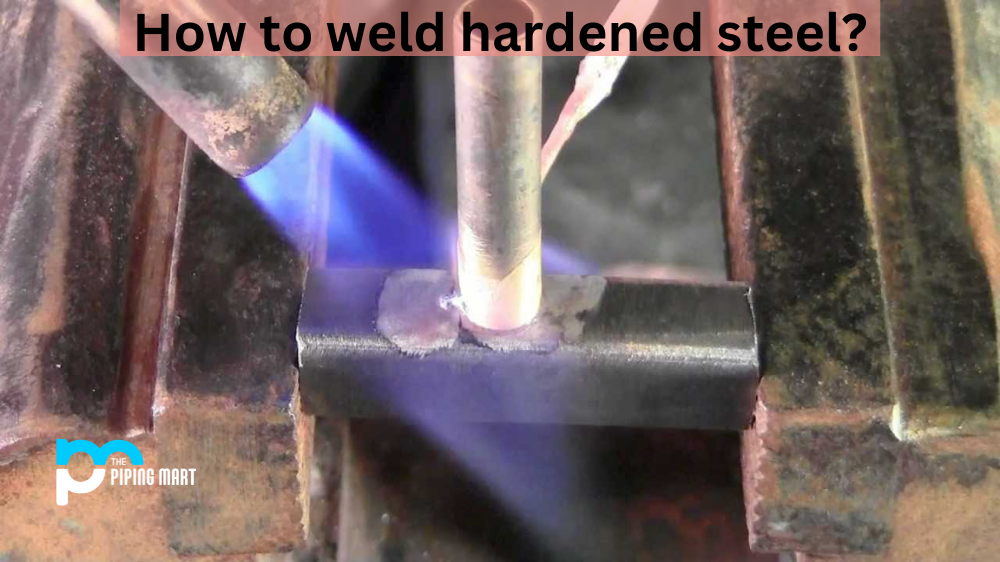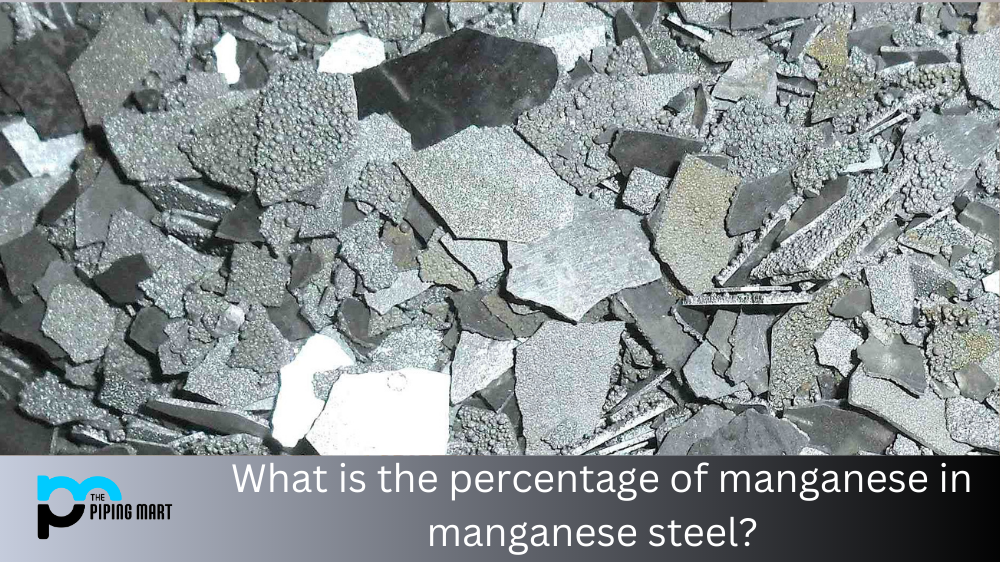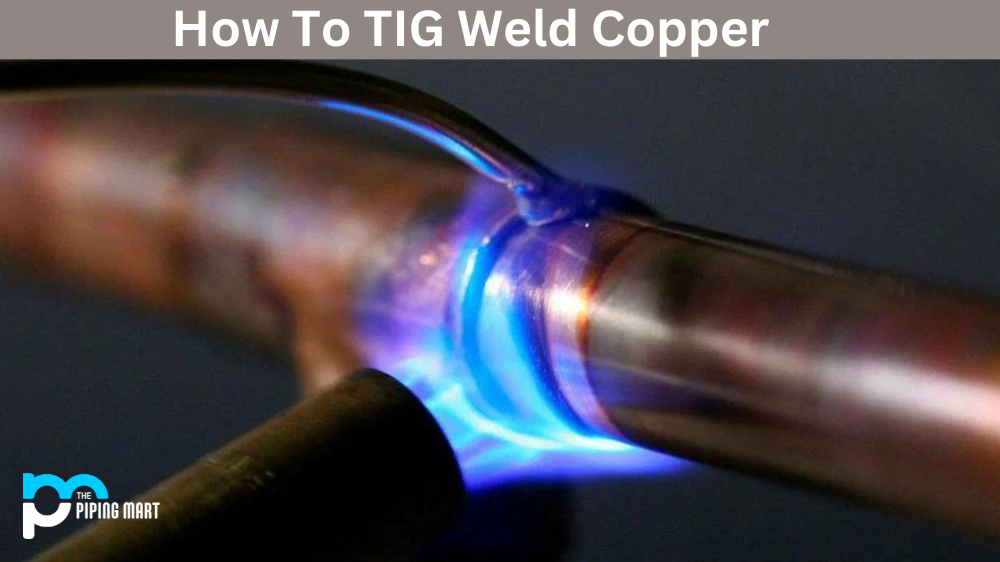Which type of steel is best to use for a specific project? There are many types of steel available, but two of the most popular materials used in industrial applications are 1045 steel and 4140 steel. Both have distinct advantages over the other, so let’s take a look at their properties and see which one might be right for your project.
1045 steel
1045 steel is a medium-carbon steel that has decent strength and hardness characteristics. It is easily machinable and weldable but doesn’t offer the best corrosion or wear resistance. It’s often used in parts that don’t require high strength or wear resistance, like shafts, axles, gears and sprockets. Structurally, 1045 steel is relatively inexpensive and can handle the heat-treating process more effectively than certain other steels due to its low hardenability.
4140 steel
4140 steel is a chromium-molybdenum alloy with good strength and great wear resistance qualities. It also offers excellent toughness at cryogenic temperatures (down to -400°F) and good ductility in higher temperature ranges. Its weldability makes it ideal for use in heavy machinery components such as hydraulic cylinders and shafts. In addition to being easier to machine than 1045, 4140 also has better corrosion resistance than 1045 due to its higher chromium content. This makes it an ideal choice when working with corrosive environments or where strong wear resistance is needed.
Difference Between 1045 Steel and 4140 Steel
- 1045 steel is a medium-carbon steel with better mechanical properties than 1018 steel and other lower-carbon steel. Its strength, ductility, and toughness make it suitable for various applications.
- 4140 steel is a chromium-molybdenum alloy steel that offers an excellent balance of strength, hardness, and wear resistance. Its ability to withstand high temperatures and its corrosion resistance make it ideal for use in various applications.
- 1045 steel is typically used in the following applications: gears, shafts, axles, crankshafts, bolts, studs, and other machine parts.
- 4140 steel is typically used in the following applications: valves, fittings, couplings, and other pipe accessories; forgings; gears; and various other machined parts.
- 1045 steel can be heat treated to achieve a variety of desired properties. Common heat-treating processes include annealing, quenching, and tempering.
- 4140 steel can be heat treated to achieve a variety of desired properties. Common heat-treating processes include annealing, quenching, and tempering.
Conclusion:
If you need a strong yet cost-effective material for your project, 1045 or 4140 steel could be right for you — depending on your job. If you need good wear resistance or greater corrosion protection, then 4140 may be the better option; if your project requires heat treatment or doesn’t require high strength or protection from corrosion or abrasion, then 1045 might be more suitable for you. Be sure to do your research before committing to a particular choice!

A passionate metal industry expert and blogger. With over 5 years of experience in the field, Palak brings a wealth of knowledge and insight to her writing. Whether discussing the latest trends in the metal industry or sharing tips, she is dedicated to helping others succeed in the metal industry.




